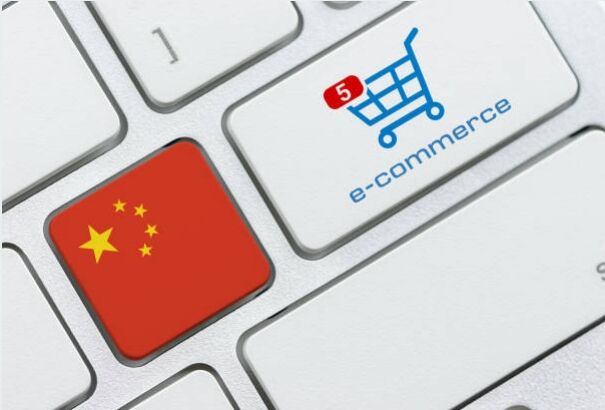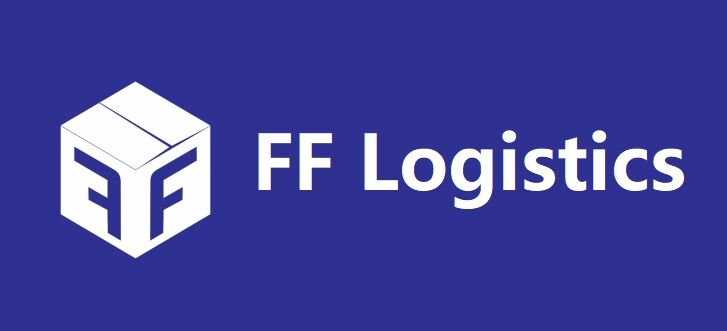3 výhody pre prispôsobený obalový materiál?
úvod
Každý bod interakcie medzi zákazníkom a vašou značkou môže nakloniť konkurenčnú rovnováhu v e-commerce. obal je vlastnosťou značky, ktorá je často prehliadaná. tieto obalové materiály nie sú len ochranou produktov; môžu byť využité ako silný nástroj na zvýšenie celkovej skúsenosti zákazníka a potvrdenie identity
Prvá výhoda: výhoda vašej značky
Obal je prvým fyzickým rozhraním medzi zákazníkom a výrobkom. Určuje tón pre celý nákupný zážitok a táto tonalita môže silne ovplyvniť očakávania zákazníkov.
Ako obal utvára predstavy zákazníkov Estetický dizajn pre mužov
trvanlivosť a kreativitu, a to ešte predtým, ako sa samotný produkt dostane do hry, aby interagoval so zmyslami ľudí. Príležitosť pre jedinečný dizajn a logo Úvod: Vlastné návrhy balíkov môžu obsahovať prvky, ktoré skutočne odrážajú ducha značky.
Tieto môžu obsahovať špeciálne farby, vzory alebo materiály, ktoré sú jedinečné pre danú značku - čím sa posilňuje jej identifikácia. Prípadné štúdie úspešných kampaní značky s použitím vlastného balenia: značky ako Apple a Nike použili jednoduché, ale dramatické balenia na zlepšenie svojho elegantného obrazu.
Medzičasom online obchodníci ako napríklad meundies používajú živý a farebný obalový materiál, aby zákazníkovi poskytli hravú, ale nezabudnuteľnú skúsenosť s rozbalovaním. dlhodobé účinky na povedomie o značke a lojalitu zákazníkov: udržiavanie vašej skúsenosti s rozbalovaním neustále dobrého môže viesť k zvýšenej spoko
Výhoda 2: lepšia ochrana výrobkov
Obalové materiály sú dokonca vyrobené na mieru, aby vyhovovali konkrétnym rozmerom výrobkov a ich rozkladnosti, čím sa poskytuje individuálna ochrana.
- náhodné balenie položiek so špeciálnymi tvarmi a krehkosťou: na rozdiel od materiálov s jednotnou veľkosťou pre všetkých, prispôsobené materiály v kg môžu byť v súlade s presným štýlom výrobku a poskytnúť pevné zapnutie, ktoré by ho mohlo udržať počas prepravy.
- zníženie poškodenia a straty počas prepravy: prispôsobené obaly poskytujú tesné zapnutie a tým výrazne znižujú pravdepodobnosť poškodenia nárazmi alebo vibráciami počas prepravy.
- Úspora nákladov z menej vrátení a výmeny: s menej tovarom poškodeným v preprave prichádza menej vyhadzovania a nahradenia obchodníka. len ako príklad, majte na pamäti, že správa Pitney Bowes uvádza priemerný poplatok za manipuláciu s niečím vráteným na 30 dolárov - ani bez toho, čo bolo zapla
- Príklady sekuritizovaného balenia výrobkov v špeciálnych odvetviach: odvetvia ako farmaceutické, kde sa môžu v priebehu sekúnd stratiť sedemmiestne sumy peňazí v dôsledku jednoduchej kontaminácie prachom, alebo luxusné výrobky, pre ktoré sa musia vložiť zariadenia proti krádeži, sa vo veľkej miere spoliehajú
Okrem známych výhod však existuje niekoľko ďalších otázok, ktoré je potrebné zohľadniť.
- môžu byť prispôsobené obalové materiály ekonomicky životaschopné a environmentálne bezpečné? s spotrebiteľmi, ktorí sú čoraz citlivejší na otázky životného prostredia, ako sa značky postavia k otázke trvanlivosti ich obalov? obalové materiály, ktoré sú vyrobené na mieru, a ktoré používajú recyklované materiály
- Ako sú náklady na vlastné balenie vyvážené s prínosom? maximálne výsledky, ale minimálne náklady automatizácia vlastné balenie ponúka značný rozsah potenciálnych výhod, ale môže sa tiež ukázať byť nákladné na výrobu.
- Aká je úloha prispôsobenia v riadení dodávateľského reťazca? V procese prechodu od prispôsobených tovarov k plnohodnotnému poskytovaniu balenia, musí byť prispôsobené balenie integrované do celého dodávateľského reťazca. To zahŕňa všetko od riadenia inventárnych plánovacích lehôt až po zabezpečenie dodávok a
problémy a ciele
Napriek výhodám však existujú ťažkosti pri uvedení vlastných obalov na trh.
- ako vyriešiť problémy pri výrobe obalov na mieru: výroba obalov na mieru môže byť mimoriadne zložitá a predstavuje osobitnú výzvu aj z hľadiska základných premenných.
- byť schopný dodávať kvalitné vysoko výkonné výrobky vyrobené na vysokých štandardných pásoch je rad nástrojov a služieb.Úplne moderné technológie, ako je digitálna tlač alebo výrobné procesy na požiadanie, môžu urobiť efektívnu prispôsobenie na veľkoobjem nákladovo efektívnu - aj pre menšie objemy. Digitálny tlač je nazna
- Nie.






